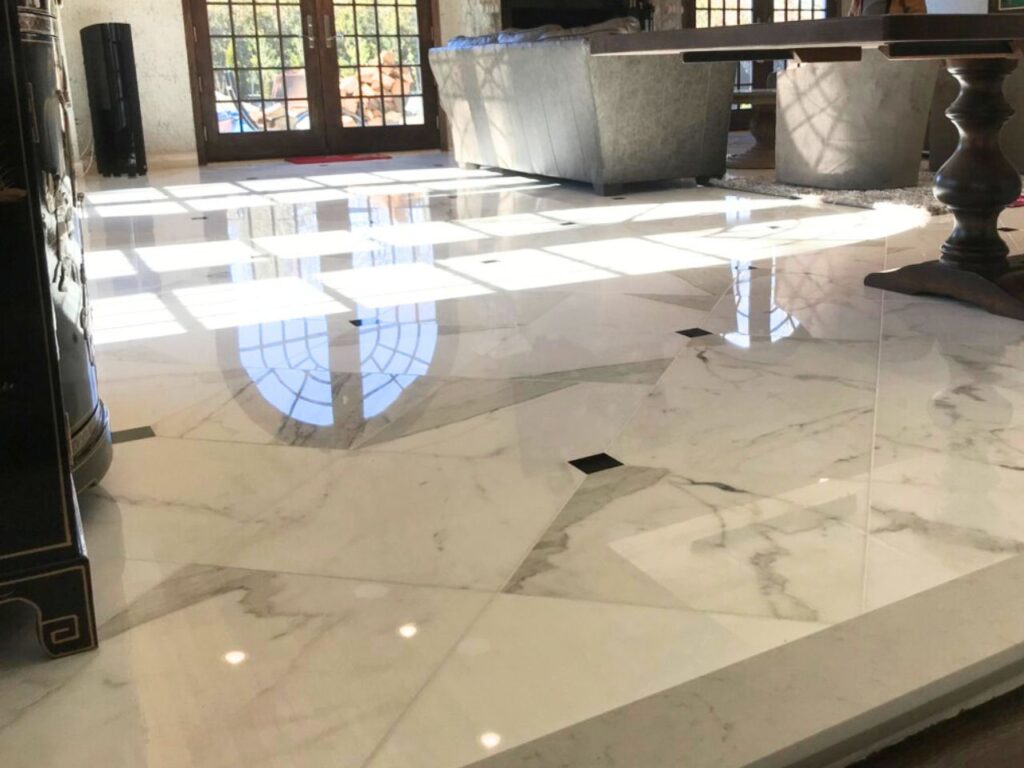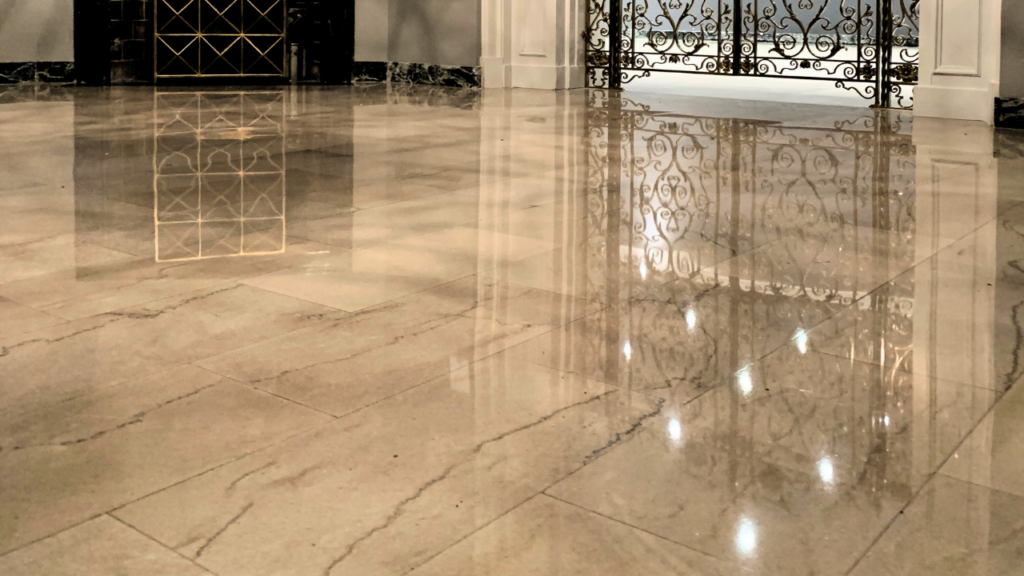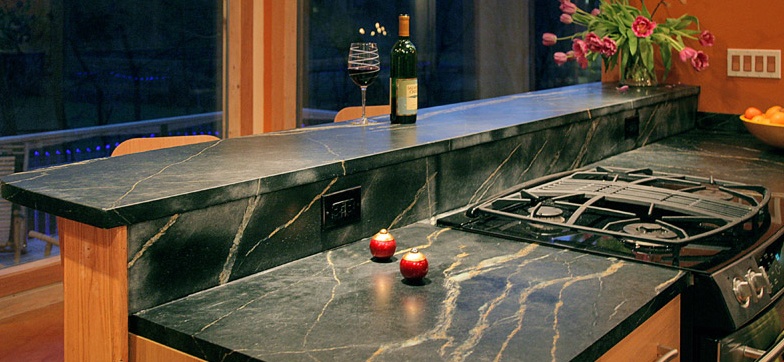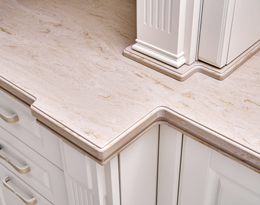Natural stone surfaces like countertops and fireplace surrounds, add beauty and function to any interior space. However, when smoke damage occurs, these materials require special care to restore their appearance without causing further harm. Whether the smoke damage is from a fire, prolonged exposure to cigarette smoke, or soot buildup from a fireplace, addressing the issue promptly and correctly is essential. Here’s a comprehensive guide to safely and effectively removing smoke damage from natural stone surfaces.
Understanding the Impact of Smoke on Natural Stone
Natural stone, such as marble, granite, limestone, and travertine, is porous and can absorb soot, odors, and discoloration from smoke. Depending on the severity of the damage, smoke can penetrate deep into the stone’s pores, leaving stains and a lingering odor that is challenging to remove. In some cases, the surface’s finish may also appear dull or hazy.
Step-by-Step Guide to Cleaning Smoke-Damaged Stone
1. Assess the Damage
Before cleaning, evaluate the extent of the smoke damage. Light surface soot may only require basic cleaning, while deeper discoloration and odors may need professional intervention.
2. Gather the Right Supplies
- Soft-bristle brushes
- pH-neutral stone cleaner
- Microfiber cloths
- Distilled water
- Baking soda
- Hydrogen peroxide (for light stains)
- Poultice paste (for deep stains)
- Sealant (optional, for added protection post-cleaning)
Avoid using harsh chemicals, acidic cleaners (like vinegar), or abrasive tools, as these can etch or damage the stone surface.
3. Dry Dust the Surface
Begin by removing loose soot and debris with a soft microfiber cloth or brush. This step prevents spreading the soot during cleaning.
4. Wash with a pH-Neutral Cleaner
Dilute a pH-neutral stone cleaner with distilled water according to the manufacturer’s instructions. Gently clean the surface using a soft cloth or sponge, working in small sections. Rinse with distilled water and dry thoroughly with a microfiber cloth.
5. Use Baking Soda for Odor Removal
If smoke odor persists, create a paste with baking soda and distilled water. Apply it to the surface and let it sit for several hours before wiping it off with a damp cloth. Baking soda’s natural deodorizing properties can help neutralize odors.
6. Apply a Poultice for Stubborn Stains
For deep-set stains, use a commercial poultice designed for natural stone. Apply the paste to the stained area, cover it with plastic wrap, and allow it to dry for 24-48 hours. Once dry, scrape off the poultice and clean the area with a pH-neutral cleaner.
7. Polish and Reseal (Optional)
If the stone’s finish appears dull after cleaning, consult a professional to polish the surface. Resealing the stone can provide added protection against future staining and smoke damage.
Everyday Prevention of Routine Smoke Damage
- Proper Ventilation: Ensure adequate ventilation in areas prone to smoke, such as kitchens and near fireplaces.
- Routine Cleaning: Regularly clean and dust stone surfaces to prevent the buildup of soot and other residues.
- Use Protective Barriers: Place mats, coasters, or covers on stone surfaces in high-risk areas.
- Seal Your Stone: Regularly apply a high-quality sealant to reduce the stone’s porosity and make it more resistant to staining.
When to Call a Professional
If your natural stone surfaces have extensive smoke damage or you’re unable to remove discoloration and odors, it’s best to contact a professional stone restoration service like SRS. We have the tools and knowledge to restore your stone safely and effectively. Call today: (248) 220-1672
Smoke damage can be upsetting, but with the right approach, you can restore the beauty of your natural stone surfaces. By using proper cleaning techniques, being mindful of the materials’ unique properties, and taking preventative measures, you can enjoy your stone’s beauty for years to come.












